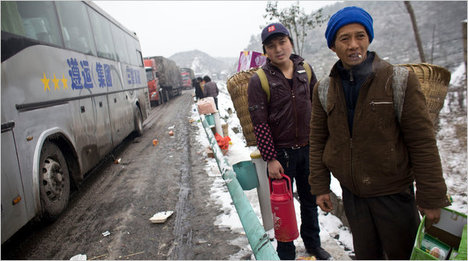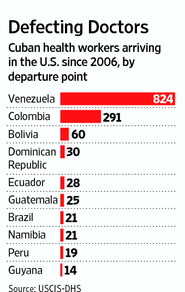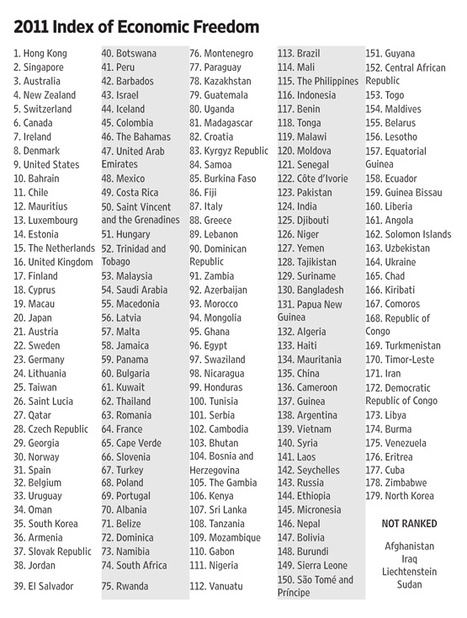Economists who study patents, sometimes have found that outside of pharmaceuticals, patents seldom have strong positive effects on innovation. That has led some economists and policy advisers to conclude that the patent system has more costs than benefits. But another possibility, supported by facts in the article quoted below, is that the patent system is badly designed and badly implemented.
So rather than abandon the patent system, maybe we should reform its rules, and allow the Patent Office to keep all of its fees to use for hiring and training more staff to process patents.
(p. 4A) MILWAUKEE — A year and a half after President Barack Obama appointed an IBM Corp. executive to fix the U.S. Patent and Trademark Office, it still cannot keep up with its workload, continuing to battle the effects of years of congressional raids on its funding.
. . .
Also unchanged is a bureaucracy that publishes entire patent applications online 18 months after they are filed, whether they have been acted upon or not. That puts American ingenuity up for grabs, free to anyone with an Internet connection.
. . .
Applications now languish so long that technologies can become obsolete before a patent is ruled upon.
Consider:
>> The agency took 3.82 years on average for each patent it issued last year, up from 3.66 years in 2009 and 3.47 in 2008. Many took years longer.
>> The total number of applications awaiting a final decision remains stuck at 1.22 million, nearly unchanged from levels of the past three years.
>> The agency imposed a hiring freeze in 2009 and lost examiners last year, and has been unable to replace them because of budget constraints.
In 2010, the Patent Office collected $53 million in fees that it wasn’t allowed to keep, according to limits imposed by Congress.
Delays by the Patent Office often inflict the deepest damage on garage inventors and start-up companies that may have no other assets than their unprotected ideas.
. . .
“A lot of companies actually die awaiting their patent because the Patent Office is so slow,” said Michel, the former patent court judge.
For the full story, see:
MILWAUKEE JOURNAL SENTINEL. “Patent agency more harm than help for many inventors; Though more than 1 million applications are stalled, they’re already posted online.” Omaha World-Herald (Sun., January 23, 2011): 4A.
(Note: ellipses added.)







